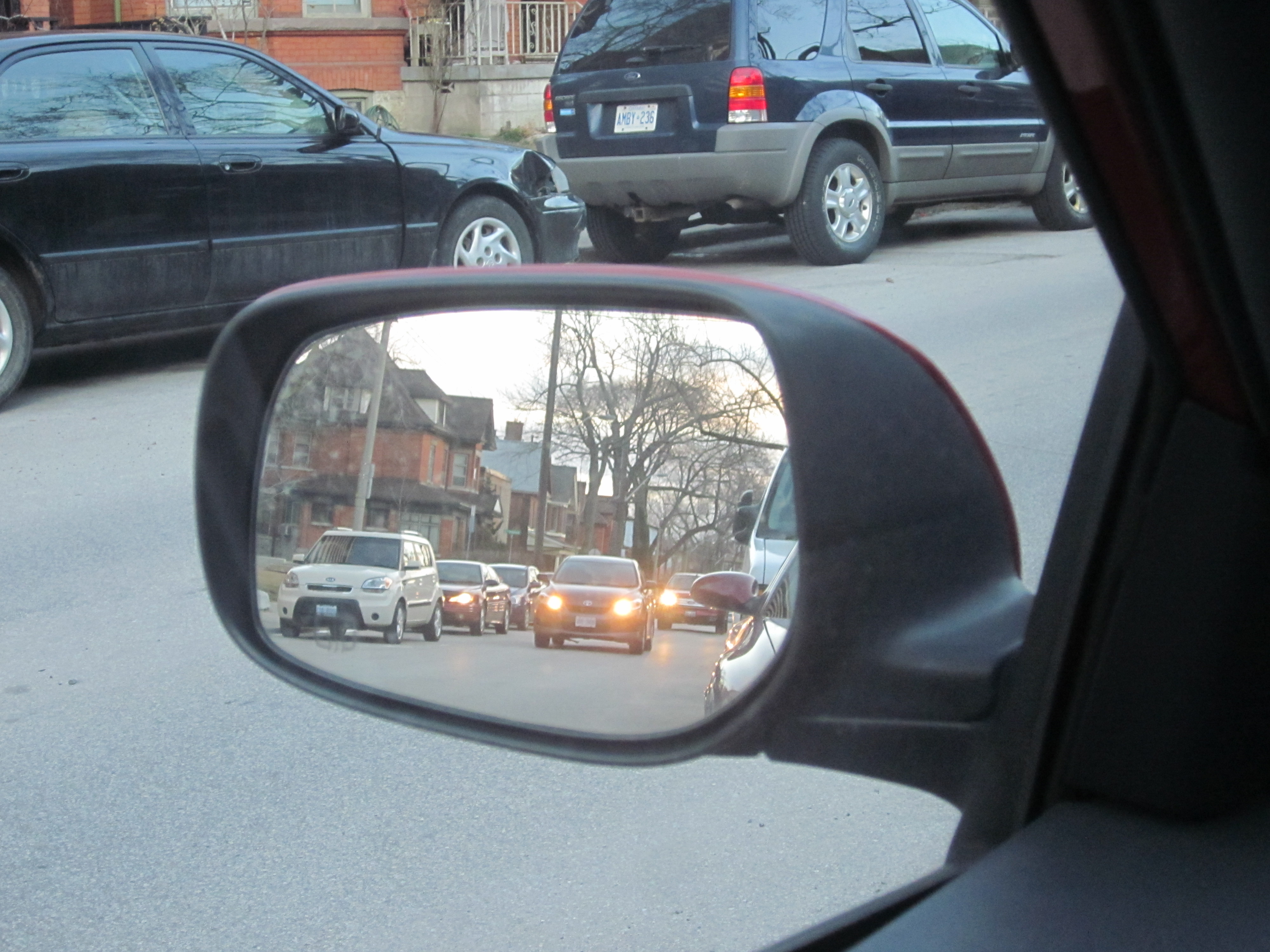Setting up the side mirrors – part one
 Sometimes change is good. Doing the same thing all the time can become quite boring at times, so switching things up to add spice in our lives can be a good thing. However, change just for the sake of change isn’t always a good thing. We have to weigh out the advantages and disadvantages with this change before making the change. Sound familiar? Driving skills and techniques are no different to this theory.
Sometimes change is good. Doing the same thing all the time can become quite boring at times, so switching things up to add spice in our lives can be a good thing. However, change just for the sake of change isn’t always a good thing. We have to weigh out the advantages and disadvantages with this change before making the change. Sound familiar? Driving skills and techniques are no different to this theory.
For a number of years a variety of driving experts have lobbied to have drivers change how they set up their side mirrors and I understand why. The theory to these changes is that it can remove blind spots from the side of vehicles. Now, I’m a big supporter of giving drivers an edge and reducing collisions, so I went ahead and made those changes…to test out the theory. This is what happened.
The “new” way to set up the driver side mirror is to lean over as far as possible toward the driver’s door and just see a sliver of the vehicle in the side mirror. This means the mirror is more angled to see into the lane beside you to the left while you’re sitting in the normal driving position. To adjust the right side mirror, it was suggested to lean as far as possible across the centre console and also see a sliver of the vehicle. This too shows the lane beside you to the right. To the many experts who support this set up, this means no need to check the blind spot, right? Well, I did this for over three weeks and tested the theory. I needed to see for myself, so to speak, the advantages and disadvantages of this setup.
It was true that I could see every vehicle approaching from either side of my vehicle. Once I was about to lose sight of a vehicle in my rear view mirror passing me, I was able to pick them up in my side mirror. No vehicle was able to hide from me and that’s a good thing. I liked the change. Nothing surprised me, but it did take time to get used to these changes. But then I took this mirror set up to a multiple lane one-way street system, to which there are many within the community I live in. I also took it onto the multiple lane freeways in my community. This is where I became concerned.
While traveling in the right hand lane, I lost sight of vehicles in the far left lane. They were 2 lanes from me and if I trusted what I saw in the mirror only and changed to the centre lane just as they were changing to the same centre lane, a collision could have happened, or at least a close call. Once I lost sight of the driver in the far left lane in my side mirror, I did a quick check of my blind spot and found that driver was close enough to my rear fender that if we both changed into the centre lane and not paying enough attention as we should, there could have been a collision or perhaps a sudden swerve back because of panic.
I can see a lot of advantages to eliminating the blind spot, but at what risk? If drivers fail to check their mirrors often enough and after checking both the rear view mirror and side mirror and don’t see a vehicle, is that enough to say a vehicle won’t be changing into that middle lane on a one-way street or a multiple lane freeway?
Being aware of our surroundings while driving is something all drivers need to do. Mirror checks are important, but using short term memory is also important so we remember what we saw with that last check. The question remains…is that enough to keep us safe? This is the first part of a two-part evaluation of mirror setups. I spent a few weeks using this setup to help me get used to it. Look for the second installment coming up soon.
